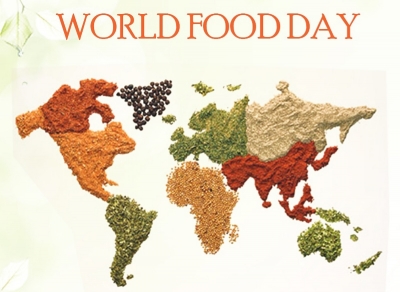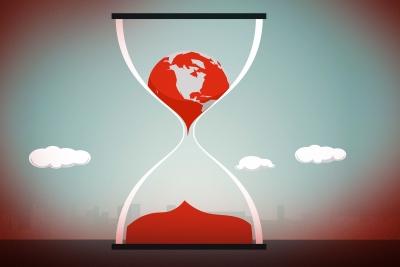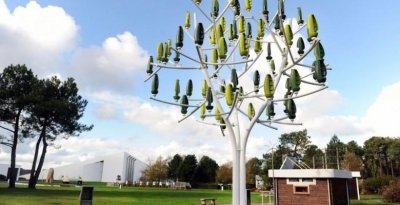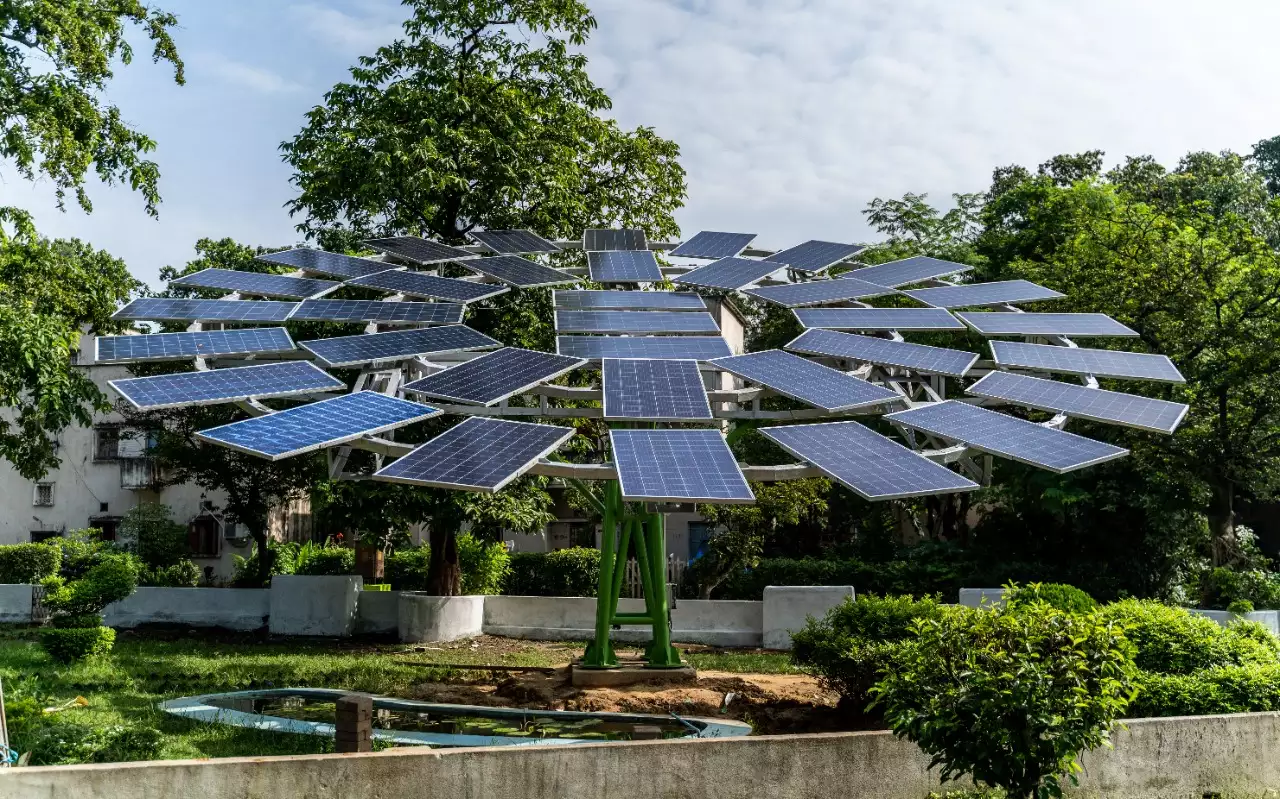What's celebrated on 16th October?

World Food Day is celebrated annually on 16 October to promote global awareness and action for those who suffer from hunger and to highlight the need to ensure healthy diets for all. World Food Day (October 16) just passed us by. The day focusses on aspects such as hunger, food accessibility, and eating what is healthy for both you as an individual and the planet as a whole. Here are a few simple ways in which your food habits can be kind to Earth.
Understand the food system
The food system collectively refers to the processes involved -from food production, packaging, and transportation to consumption. In simple terms, it is the journey of how the food reaches you. But it is also much more than that- it focusses on aspects such as food cost, affordability, sustainability, waste, its impact on the environment and the people, etc. Understanding food systems help you make sensible choices. For instance, when you trace the origin of an imported food item, you may learn that it has travelled from another continent, wrapped in plastic, perhaps losing its nutrition along the way, and costing exponentially more than what it cost in its place of origin.
Eat local and seasonal foods
Anything produced locally and during the right season has more nutrition and flavour because the time between production and consumption is less when compared to something that has been brought from far or harvested long ago. Seasonal foods also offer health benefits. Many vegetables and fruits-such as watermelon that grow in summer have high water content just perfect to keep us hydrated. Similarly, some of the fruits and vegetables - such as oranges and lemons are rich in vitamins and offer protection against viral infections such as cold that can happen during winter.
Decrease waste
Right from purchasing to consumption, we have several opportunities to eliminate or at least decrease waste. For instance, buying only the food item that we need rather than go in for impulse buying, buying the required quantity, storing the item carefully, and using the exact amount we require. At home and outside, it is good to have small portions on our plates. One can go in for a second helping after completing the first portion rather than load up the plate with a lot. Also, just because a fruit or vegetable looks misshapen, it does not mean it is rotten and must be discarded. They will certainly pass the nutrition test! Remember to bring back your excess food from restaurants in your own containers, and use the left over later.
Sustainable eating
Sustainable eating habits cannot happen overnight. Talk to your family members, pick one day every week when the food you consume is planet-friendly and all meals are prepared at home from scratch. The ways to ensure these are by going in for local and seasonal food, produce that require less water and are grown using eco-friendly methods, using diverse items from fruits and vegetables to a variety of grains, etc. In addition, vegetable and fruit peels can be utilised for making compost. Once these become easy to follow, gradually every day will turn into 'Sustainable Eating day!
Grow your own food
It has been proved that processed food can lead to a range of health issues from obesity to cancer. The more you prepare your own food, the better it is for your health. One way of knowing what you eat is by growing your own organic food at home. With a little thought and effort you can raise anything from cilantro, ginger, and chillies to okra, and pumpkin. Use kitchen waste water-such as ones used to wash rice and lentils- to water these plants. Such steps also help you connect with nature, and become aware of ways in which you can lead a sustainable life.
WORLD FOOD DAY FACTS
- The World Food Day commemorates the date of the founding of the United Nations Food and Agriculture Organisation (FAO).
- While FAO was established in 1945, World Food Day was set up in 1979.
- Two years after that, it introduced a theme. There has been a theme every year since then. The theme for 2022 is "Leave NO ONE behind".
- The United Nations states that enough food is being produced for everyone in the world. The hunger and poverty that happens is largely due to the lack of access.
Picture Credit : Google




